Category: Traits
-

Widow’s Peak Hairline & Genetics
How it works It’s a common misconception that a particular dominant gene causes a widow’s peak. Like other traits that influence hair growth, various genes work together to help determine the shape of our hairlines. Some researchers believe that hair patterns are heritable, so a close relative with a widow’s peak may increase your chances…
-
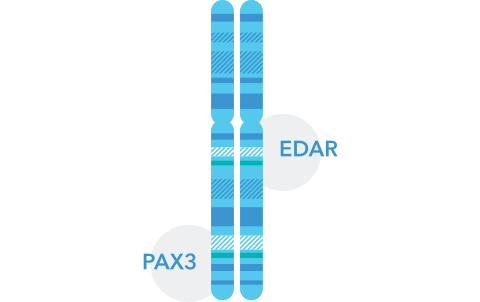
Unibrows & Genetics
How it works No one is quite sure why our eyebrow hairs grow in particular patterns—or the reason why some people have unibrows. But initial findings offer some clues. The genetic link 23andMe researchers have identified more than 50 genetic variants associated with having a unibrow. Two of those genetic variants are in or near…
-

Toe Length Ratio & Genetics
How it works Some people have a longer big toe, while others have longer second toes. Toe length ratio may be influenced by the amount of testosterone and estrogen present in the womb during early pregnancy. The genetic link 23andMe looks at 35 places in your DNA that can influence your toe length ratio, along…
-
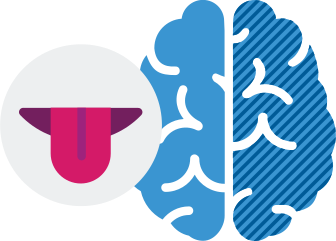
Sweet vs. Salty Taste Preferences & Genetics
How it works With each bite-or sip-our taste buds send signals to a brain area called the “primary gustatory cortex” that helps identify taste. Another area, the “orbitofrontal cortex”, helps judge whether you like these tastes. Other brain areas help us decide whether we want to keep munching or we’ve had enough. The genetic link…
-
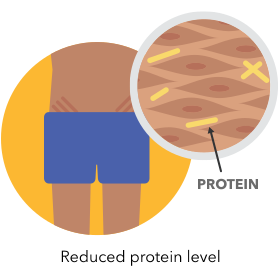
Stretch Marks & Genetics
How it works Stretch marks are a type of scarring that look like stripes on the skin and are commonly found on the hips, thighs, and abdomen. They often develop when the skin stretches during a quick period of growth, like during adolescence, pregnancy, or rapid weight gain. The genetic link 23andMe scientists identified 544…
-
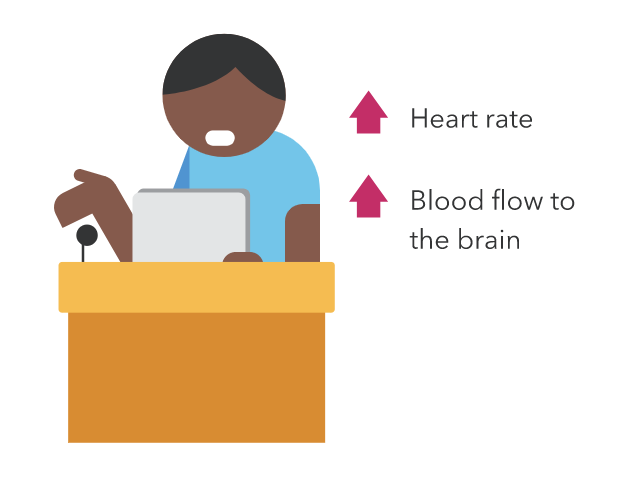
Fear of Public Speaking & Genetics
How it works When the brain senses a threat in the environment, a part of the brain called the amygdala responds by activating the “fight or flight” response. This response includes many biological changes, like a faster heart rate and increased blood flow to the brain. Studies have found that when speaking in front of…
-

Wake-Up Time & Genetics
How it works Not everyone’s internal alarm clock rings at the same time. Our biological sleep rhythms affect when we naturally prefer to fall asleep and wake up. It turns out your genes may be telling you when to hit the snooze button. The genetics behind wake-up time 23andMe researchers discovered that there are genetic…
-
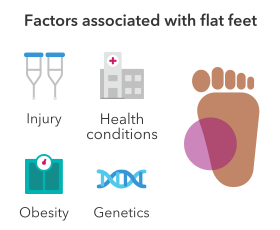
Flat Feet
What causes flat feet? Flat feet occur when the raised structure on the inside of the foot, called the medial arch, is especially low. This is very common in children when the medial arch is still developing. By adolescence, the arch is more fully formed. In most cases, flat feet resolve on their own. But…
-
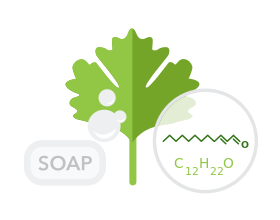
Cilantro Taste Aversion
What is cilantro taste aversion? Many people dislike cilantro (also known as coriander), describing the taste as “soapy.” 23andMe researchers found two genetic markers associated with this aversion. These markers are located near genes that help determine your sense of smell through proteins called olfactory receptors. Some of these receptors detect aldehydes, chemical compounds that…
-
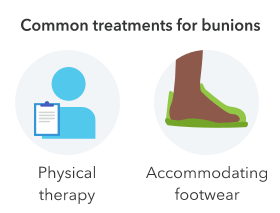
Bunions
What is a bunion? A bunion is a bony bump on the joint at the base of the big toe. For some people bunions aren’t bothersome, but for others bunions may cause pain on the surface of the bunion or within connected parts of the foot. What causes bunions? Bunions are often formed when the…